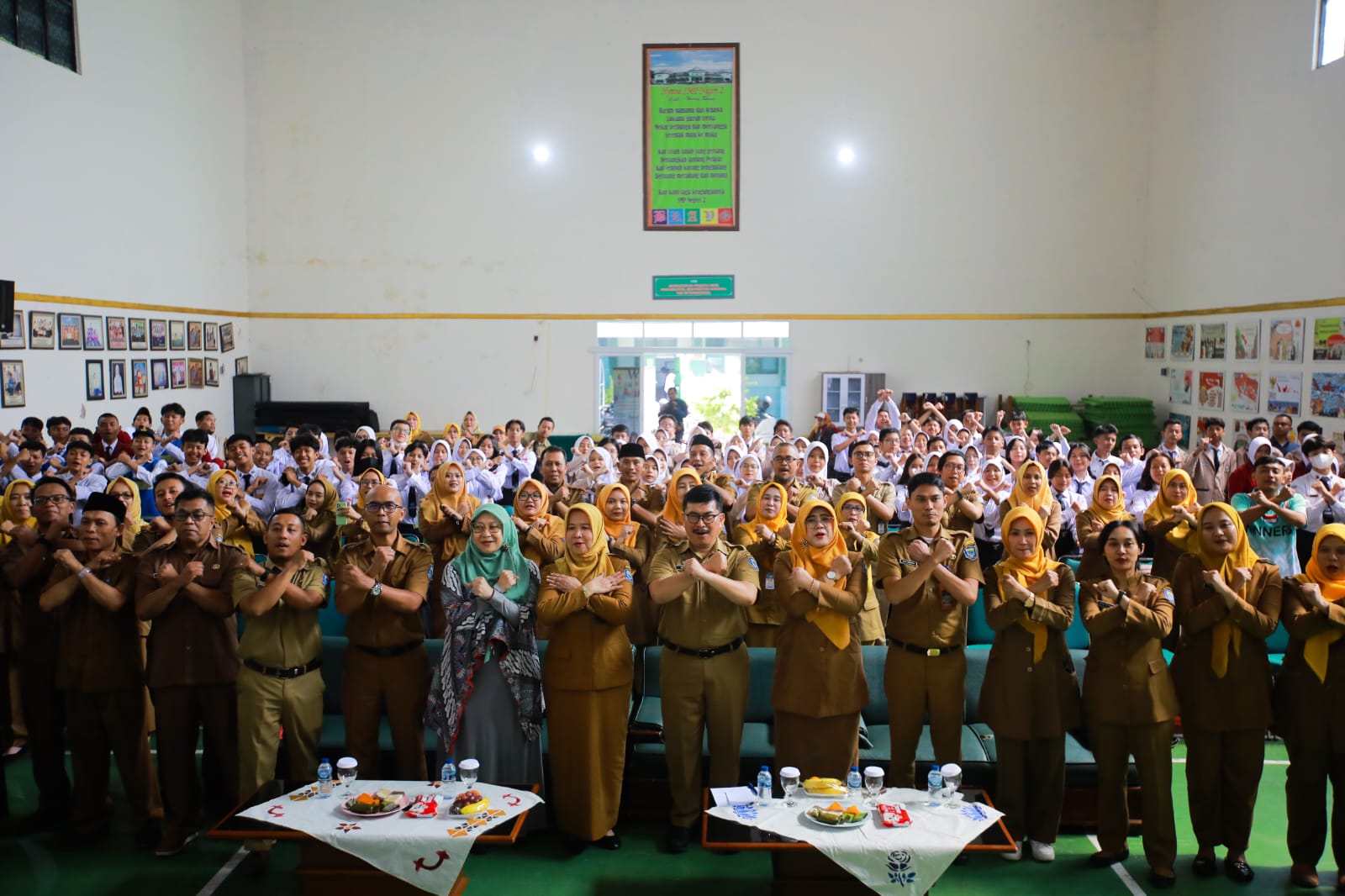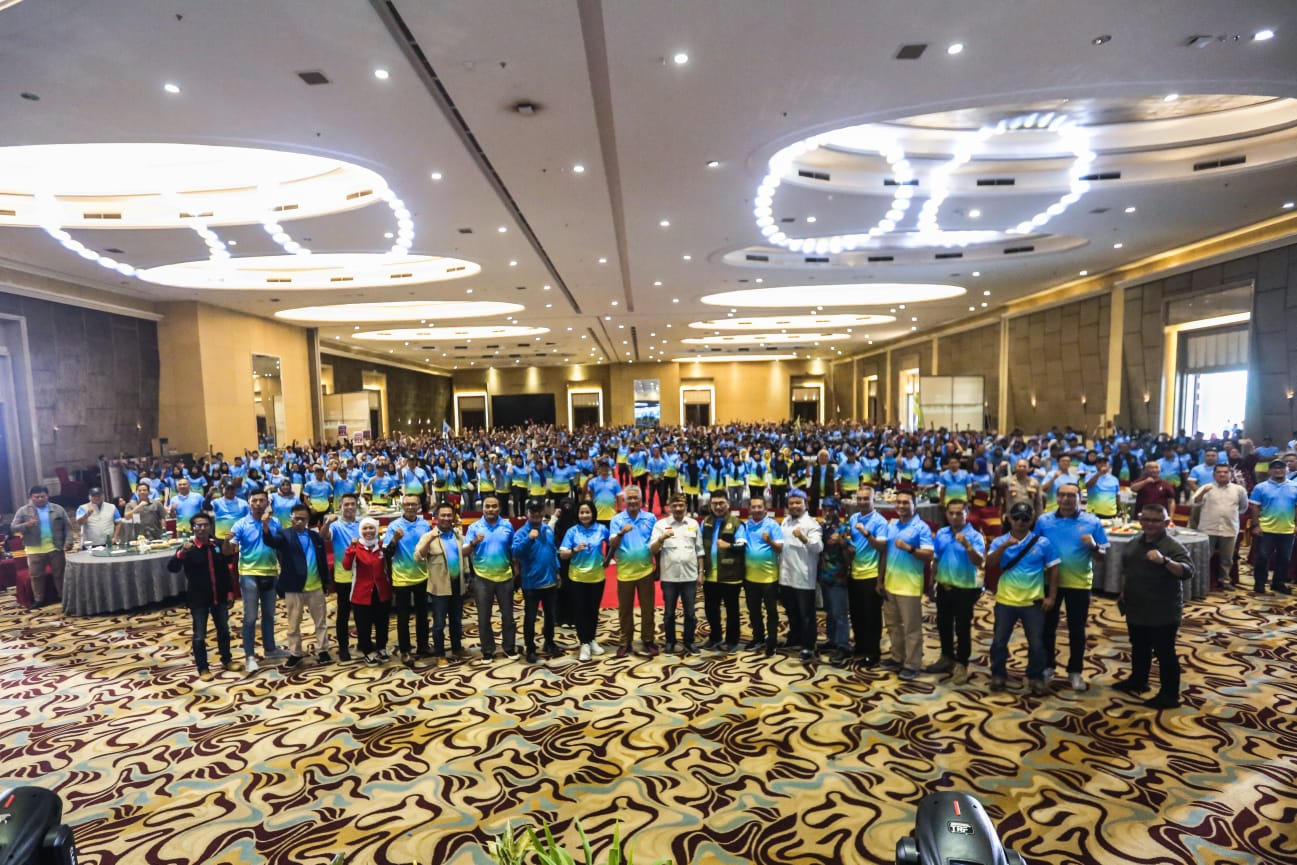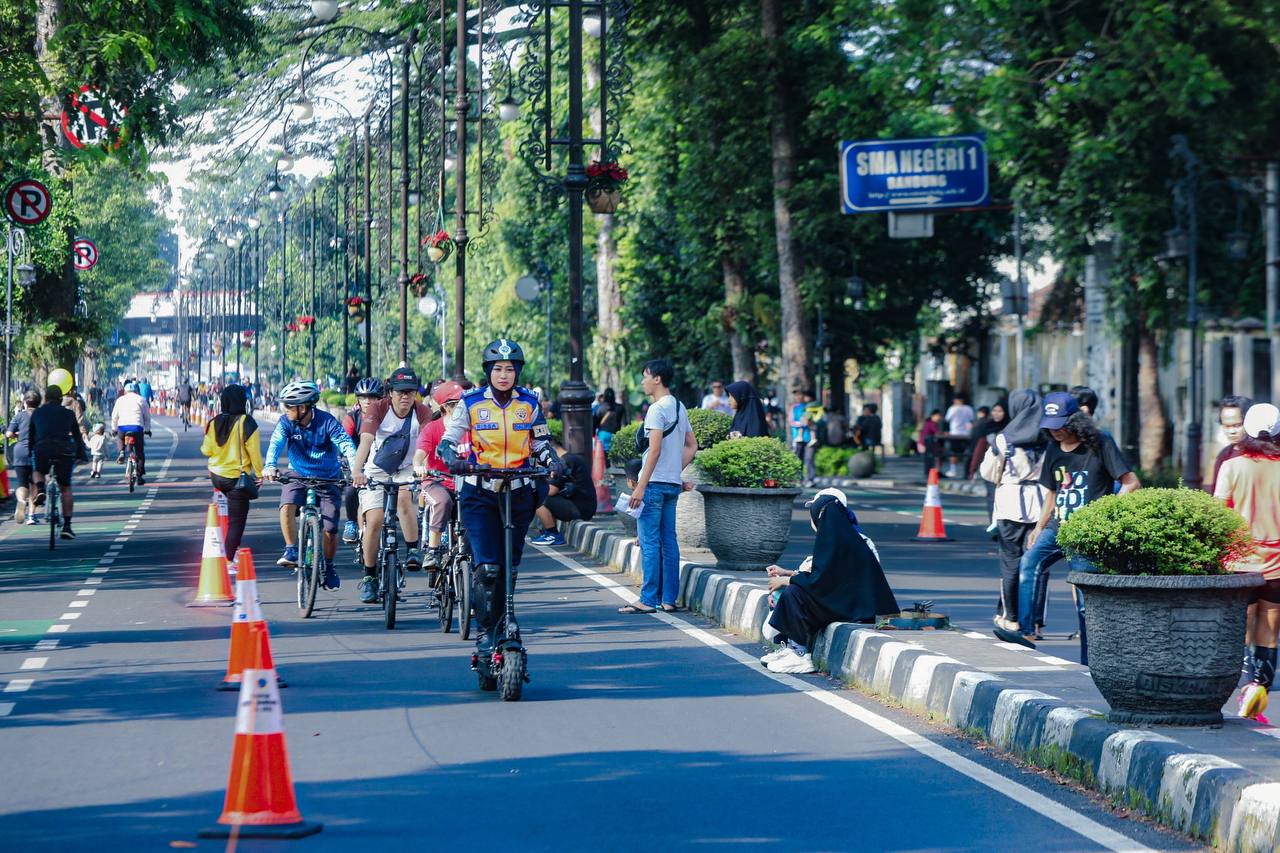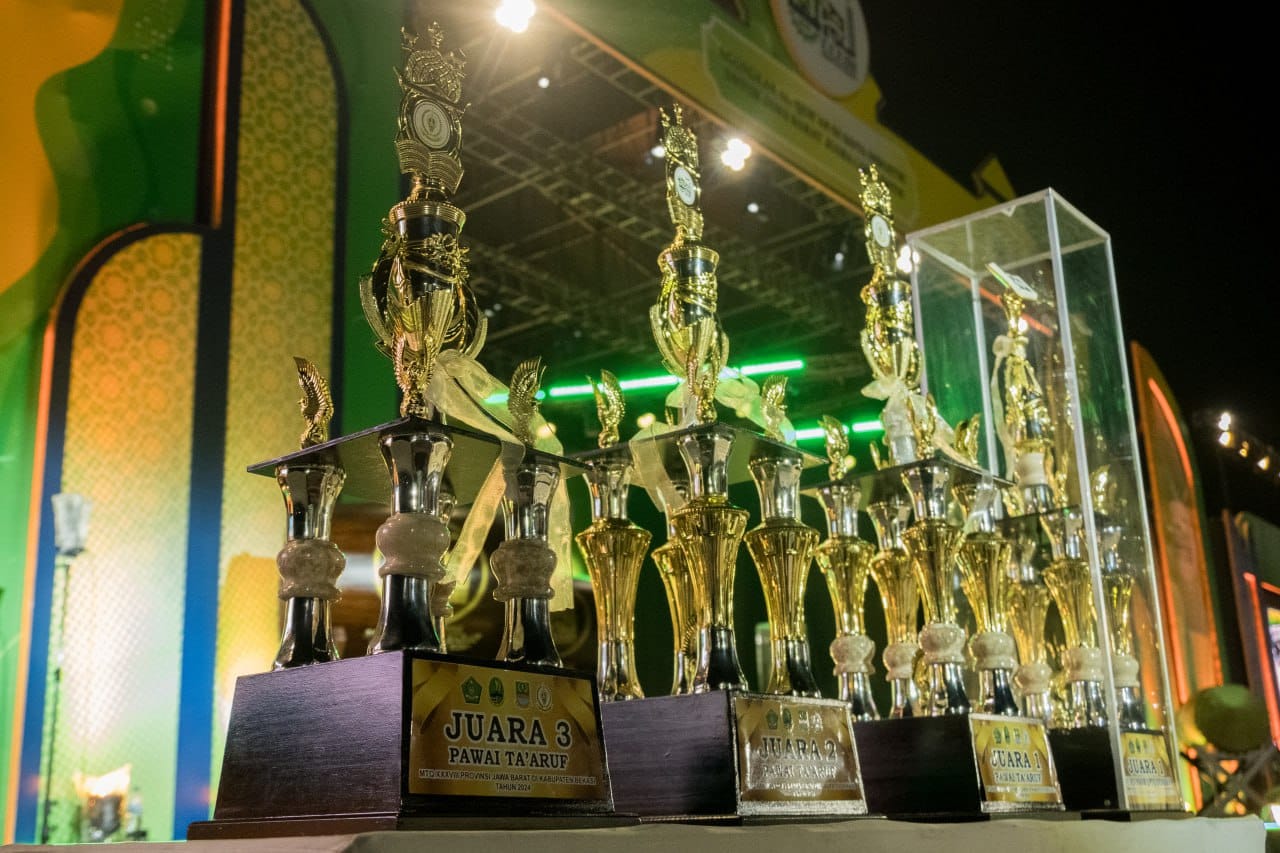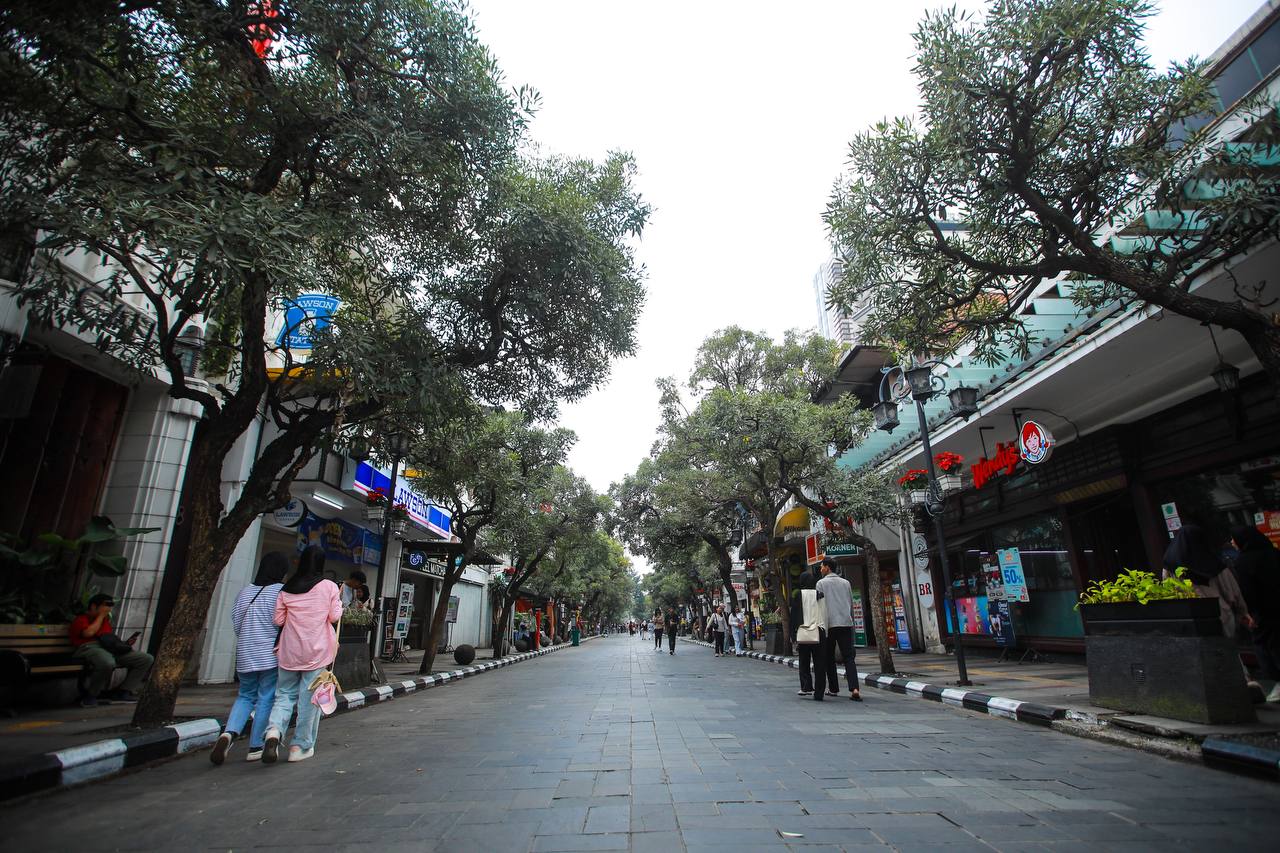Bung Karno's Birthday: Tracing Traces in the City of Flowers
The month of June is identical with the birth of the Father of the Indonesian Nation, Soekarno. It is common knowledge that Bandung is the most important part of his journey.
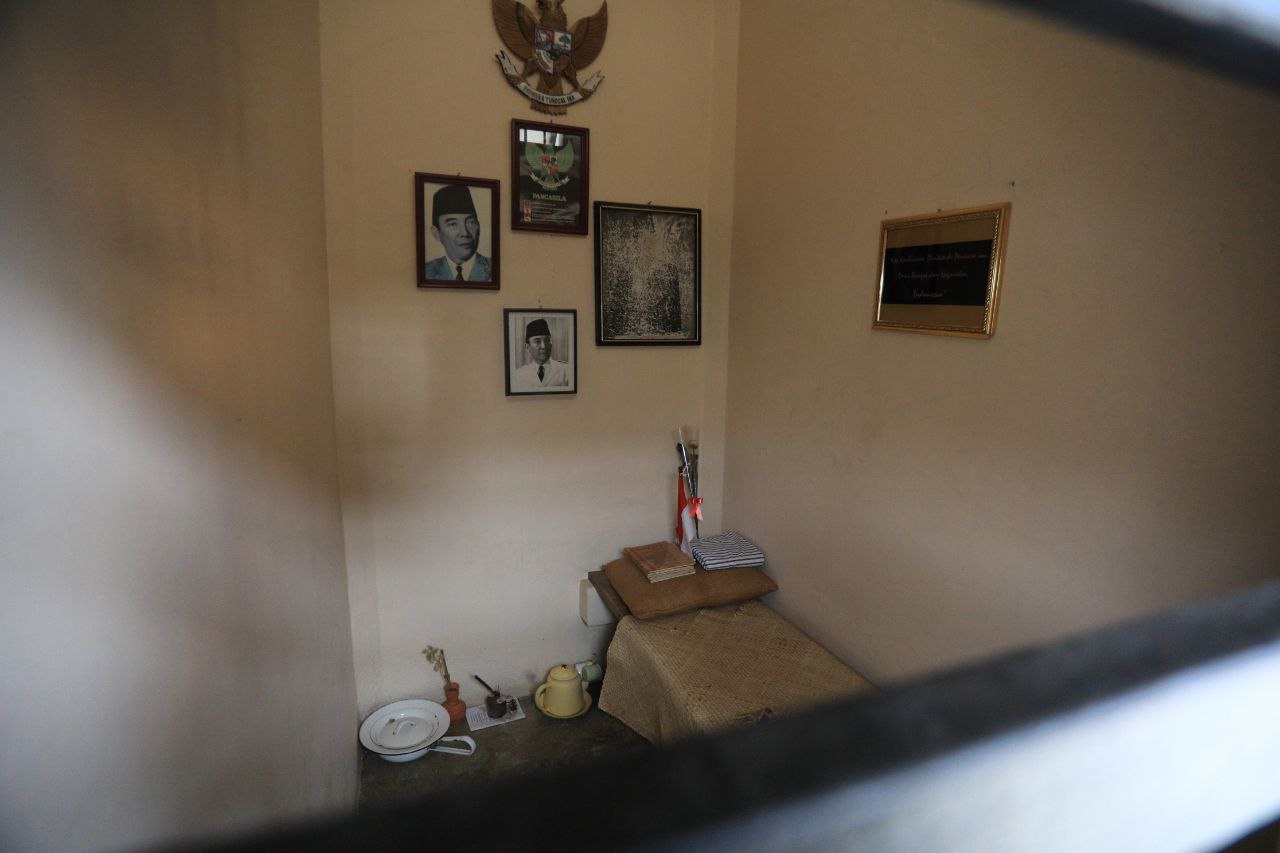
The month of June is identical with the birth of the Father of the Indonesian Nation, Soekarno. It is common knowledge that Bandung is the most important part of his journey.
Unmitigated, there is one word Bung Karno about the city of Bandung that is quite touching.
"Only to Bandung did I return to my true love," said Bung Karno when he mentioned Bandung.
Not just studying and then becoming a leader of the country, Bung Karno also left many traces in this city. Public Relations Bandung summarizes its traces into these places. Check out the reviews, come on!
1. Inggit's Mother's House
Inggit Garnasih's house is a house located on Jalan Ciateul No. 8, Bandung (now Jalan Inggit Garnasih). This house is a form of respect for a woman who helped pioneer the independence of Indonesia, namely Inggit Garnasih.
As is known, Inggit is one of the wives of President Soekarno. At that time, young Soekarno was about to continue his education in Bandung. He then attended Technische Hoogeschool or the Higher Technical School which is now ITB.
After marrying Inggit, the two of them lived in this house.
Furthermore, this house witnessed Soekarno's struggle to achieve the independence of the Republic of Indonesia before he and Inggit Garnasih were exiled to Flores and Bengkulu.
He often held meetings and discussions with his friends in this house and succeeded in forming the Indonesian National Party (PNI) on July 4, 1927, the Youth Pledge on October 28, 1928 and PARTINDO was formed instead of PNI on April 29, 1931.
Various sources say that this house was occupied by Inggit Garnasih and Soekarno from 1926 until the middle of 1934 which at that time was still in the form of a house on stilts.
Furthermore, the house was occupied by Inggit for the second time alone in 1949 until 1984.
2. Indonesian Building Sues
Initially, this building was the residence of the Dutch, which was built in 1907. Ten years later, the building was converted into Landraad or the Dutch Colonial Government Court.
In the 1930s, Landraad was used to try freedom fighters. Soekarno became one of those on trial.
At the time of his trial, Soekarno rebelled in court and made a defense under the title Indonesia Menganggut. This incident shocked the Dutch so much that Soekarno's defense finally became the name for the building, which is still in use today.
Throughout its journey, this building underwent several changes in function. Starting from the office of the Indonesian Red Cross (PMI) in the 1950s, the Finance Building (until 1973), as well as the Office of the Trade & Industry Office of West Java Province (1973-1999).
After undergoing physical changes, the building was renamed Gedung Indonesia Mengjuang by the former Governor of West Java, HC Mashudi in 2005.
It was only in 2007, the Indonesia Mending Building (GIM) was officially opened to the public and became a class A cultural heritage building that must be cared for and maintained.
Currently, the building is used as a gathering space for artists, journalists, and teachers. Some of the activities carried out there include poetry appreciation, art activities, seminars, and discussions.
3. Bandung Institute of Technology
The Bandung Institute of Technology (formerly de Techniche Hoogeschool te Bandung) was established on July 3, 1920 under the Dutch Colonial Government.
ITB's official website says, since it was officially opened for the 1920 to 1921 college years, 28 students of TH have been registered with only 2 Indonesians.
Soekarno had left his mark on this campus. It was recorded that on July 3, 1926, Soekarno became an engineer from this campus. He entered as one of the first four indigenous engineers on the campus.
Until now, the Bandung Institute of Technology is still one of the favorite universities in the city of Bandung.
4. Banceuy Prison
This prison is identical to Soekarno's journey in proclaiming independence. Soekarno's activities in the PNI led to him being arrested by the Dutch in December 1929 and imprisoned here.
Various sources said that in the prison, Soekarno occupied cell number 5 which only measured 2.5 x 1.5 meters and contained a folding mattress as well as a non-permanent toilet.
Also in this stuffy room, he composed a defense speech (pledoi), which was read at the trial of the Dutch East Indies Court at the Landraad Building (now the Indonesia Mending Building) on Jalan Perintis Kemerdekaan (formerly Jalan Church). Pledoi with the title Indonesie Klaagt Aan (Indonesia Sues) also became famous.
In its development, in 1983, the Banceuy Prison building was demolished to become a shop which would later be named Banceuy Permai. Meanwhile, Banceuy Prison was moved to Jalan Soekarno-Hatta.
Only one of Soekarno's former cells and a part of the control tower of this prison building have remained until now.
5. Sukamiskin Prison
This prison was built in 1918 European architectural style by an architect named Prof. CP Wolff Scjoemaker.
In this prison, Soekarno once occupied Room No. 1 of the Upper East Block. He is serving his sentence in one of the 552 cells in the Sukamiskin prison.
Bung Karno was arrested because at that time he had a political conflict where he was against the Dutch authorities.
Now, the prison cell that was once occupied by Bung Karno has been turned into a museum with the inscription: "Former Bung Karno's Room".
This prison is also a witness to the birth of a book entitled "Indonesia Mengjuang" written by Bung Karno. (ray)**
Head of Diskominfo Bandung
Yayan A. Brilyana





